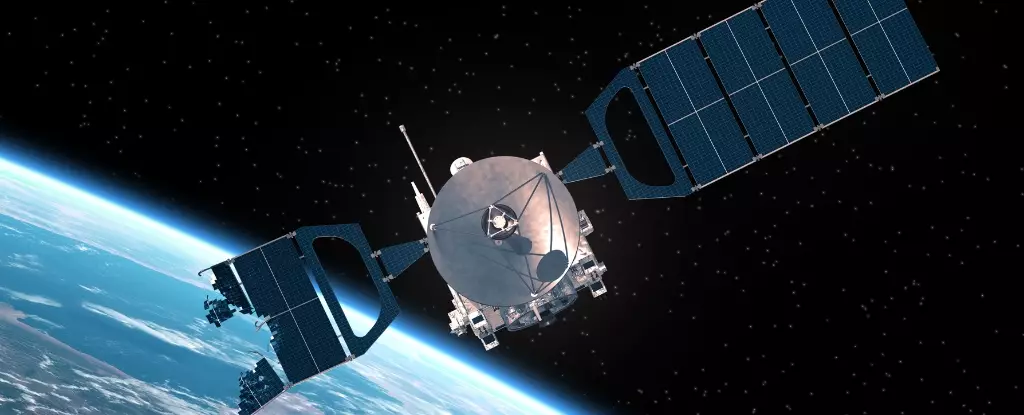The cosmos has a way of keeping humanity on its toes, and the potential collision of asteroid 2024 YR4 with the Moon in 2032 offers a stark reminder of our vulnerability in the vast expanse of space. This 60-meter-wide behemoth, which scientists initially feared could strike Earth, has shifted its danger to the Moon, now carrying a 4.3 percent chance of collision. While these odds may appear minimal, they provoke a lively discussion regarding the implications of such an impact. Recent simulations conducted by researchers have underscored the potential havoc that this celestial event could wreak—not just for our lunar neighbor, but for Earth itself.
A Lunar Cataclysm: Simulating the Impacts
Researchers, led by Paul Wiegert at Canada’s University of Western Ontario, have unveiled a preprint study that explores what might happen if 2024 YR4 were to collide with the Moon. The findings indicate that the collision could release energy comparable to a large-scale nuclear explosion, ejecting as much as 100 million kilograms of debris into space. Imagine the visual spectacle: fragments of lunar rock propelled at high velocities, creating an exhilarating but potentially perilous meteor shower as debris is captured by Earth’s gravitational pull.
The likelihood of impactful debris reaching our planet is dictated by where the asteroid strikes. If it impacts the part of the Moon that faces Earth, about 10 percent of the expelled material could plummet toward our atmosphere in the days following the impact. While Earth’s atmosphere would likely protect us from larger lunar fragments, even millimeter-sized rocks traveling at astronomical speeds could pose considerable risks to satellites orbiting our planet.
The Spectacle and the Risks for Satellites
This cosmic ballet would not only be fascinating for sky-gazers but could also disrupt our modern technological infrastructure. With the prediction of more than 1,000 times the usual rate of meteoric activity threatening satellites in the aftermath of the impact, the stakes could not be higher. The danger posed by even small debris at high velocities can be likened to being struck by a bullet—an alarming thought for those reliant on satellite communications, weather monitoring, and navigation systems.
As Earth steadily increases its satellite count, the implications of this asteroid collision loom larger. The intersection of risk and awe creates a complex narrative; while stargazers might revel in a stunning meteor shower, those who rely on technological satellites must consider potential interruptions that could challenge everyday life as well as global infrastructure.
Waiting for Clarity: The Future Observations
Anticipation grows as we look toward 2028, the next opportunity for Earth-bound observers to gather more data about 2024 YR4. The uncertainty surrounding the asteroid’s trajectory contributes to an overwhelming need for planetary defense strategies. The possibility of altering its course—as was successfully executed with NASA’s DART mission in 2022—raises questions about our capabilities and preparedness. Should it become evident that 2024 YR4 poses a significant threat, humanity might indeed find itself mobilizing resources for a coordinated response.
Given the asteroid’s relatively small size compared to other known threats, it might be viewed as an ideal candidate for testing the effectiveness of our planetary defense systems. But Wiegert cautions that attempting to deflect an object in such close proximity to Earth could also introduce unforeseen consequences. The complexity of space dynamics makes every decision critical.
Reflecting on the Cosmic Dance
Though the likelihood of a catastrophic event from 2024 YR4 remains low, the ongoing interest and research highlight a broader and significant truth: humanity’s place in the cosmos is precarious. While we can celebrate scientific advancements and our capacity to improve our planetary defense mechanisms, we must also remain vigilant. Each new discovery reinforces the importance of our relationships with celestial bodies—learning from them and adapting our strategies as knowledge prevails. The upcoming years will be pivotal for both awareness and preparation, reminding us that we are part of a larger cosmic story intertwined with risks and wonders.

